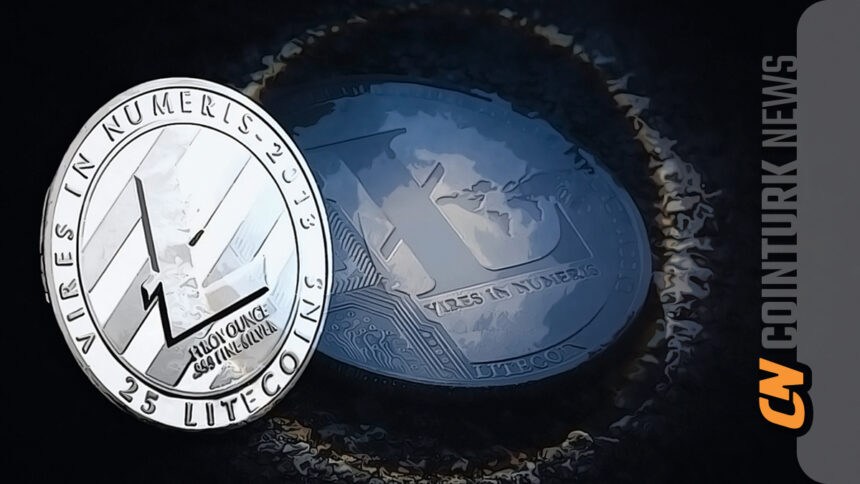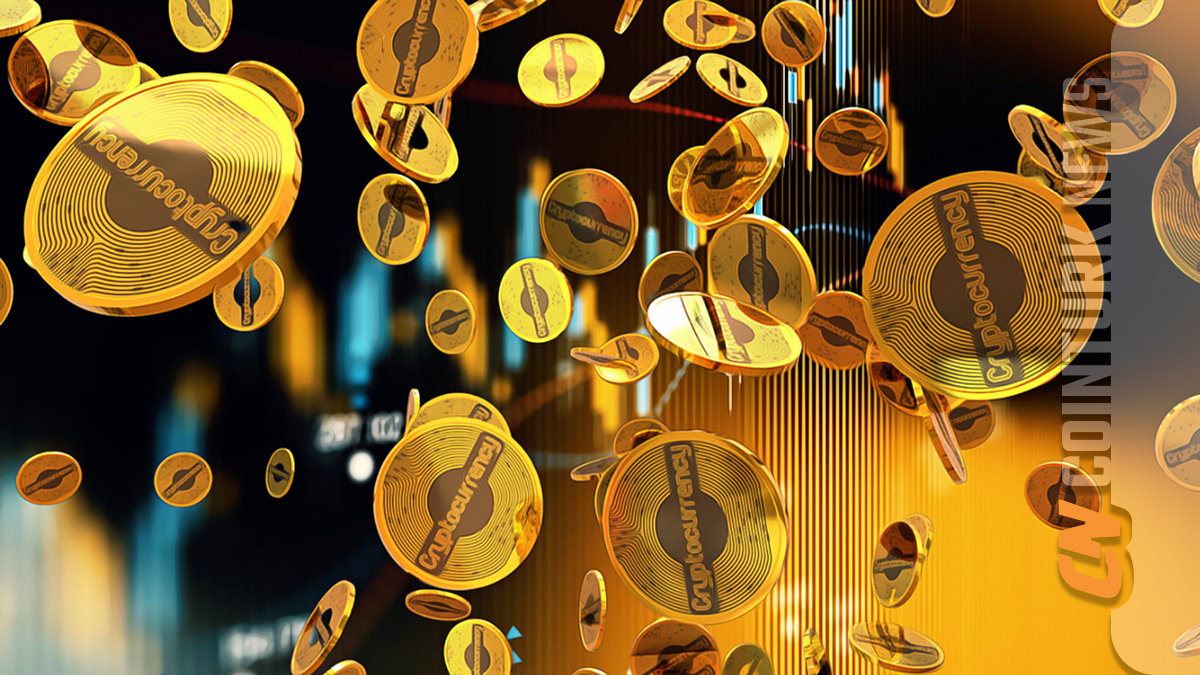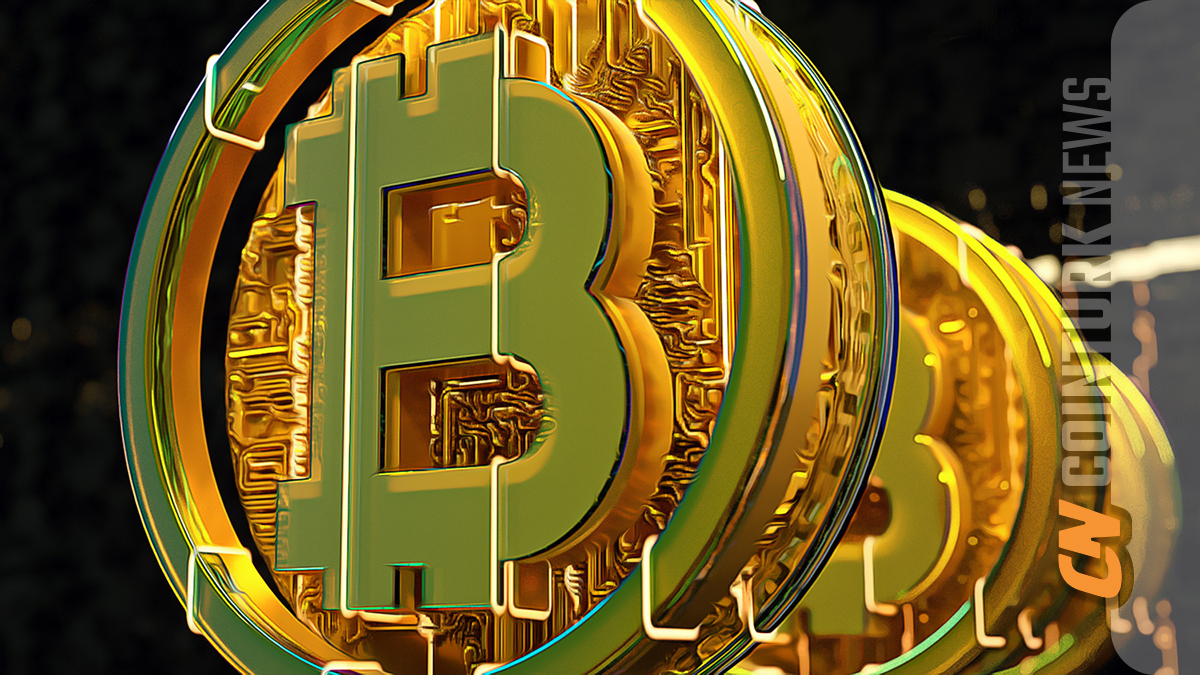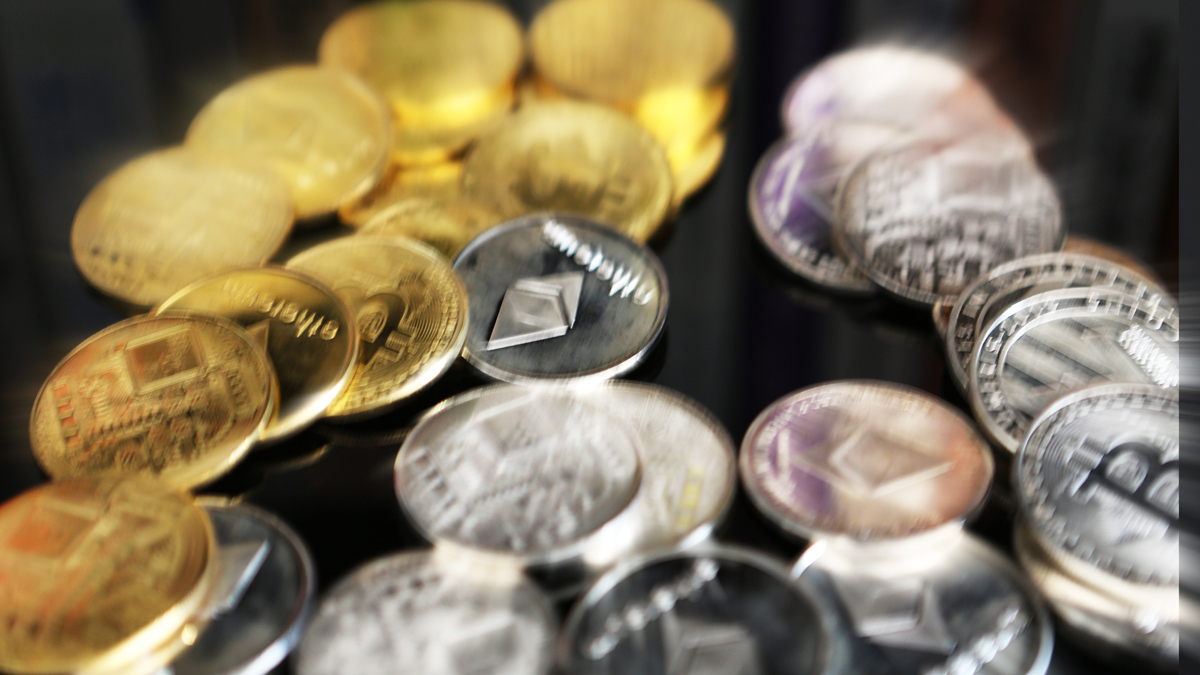IntoTheBlock, a leading cryptocurrency, reported that Litecoin processes an average of $2.85 billion in daily transactions over $100,000. This figure constitutes more than 50% of Litecoin’s total market value. This statistic places Litecoin ahead of many other Layer-1 Blockchain networks in terms of transaction volume involving larger amounts of money. Let’s look at the details.
Sharp Contrast Between Litecoin and Dogecoin
In comparison, Dogecoin, despite having nearly three times the market value of Litecoin, processes only about $590 million in transactions over $100,000 daily.

The sharp contrast in transaction values between Litecoin and Dogecoin highlights a notable trend. Accordingly, Litecoin exhibits a higher density of large transactions, often referred to as whale activity. This phenomenon indicates that high-net-worth individuals or entities, known as whales, play a significant role in shaping Litecoin’s transaction dynamics and overall liquidity.
Since large transactions tend to have a more pronounced impact on market movements, such whale activities can have profound effects on market dynamics and price volatility.
Litecoin May Appeal to Institutions
Examining blockchain data reveals that Litecoin’s network is particularly attractive to institutions conducting significant financial transactions. This preference may stem from various factors such as transaction speed, cost efficiency, and broader market acceptance within the cryptocurrency ecosystem. The concentration of large transactions not only reflects the utility of the network but also underscores its flexibility in securely and efficiently facilitating substantial financial flows.
From an investor’s perspective, understanding the prevalence of whale activity on the Litecoin network provides insights into potential market trends and risk factors. The more frequent occurrence of large transactions indicates a higher sensitivity to market sentiment shifts and strategic decisions made by major stakeholders. Investors can use this information to gauge market liquidity, assess risk conditions, and make informed decisions regarding their participation in the Litecoin ecosystem.

 Türkçe
Türkçe Español
Español










